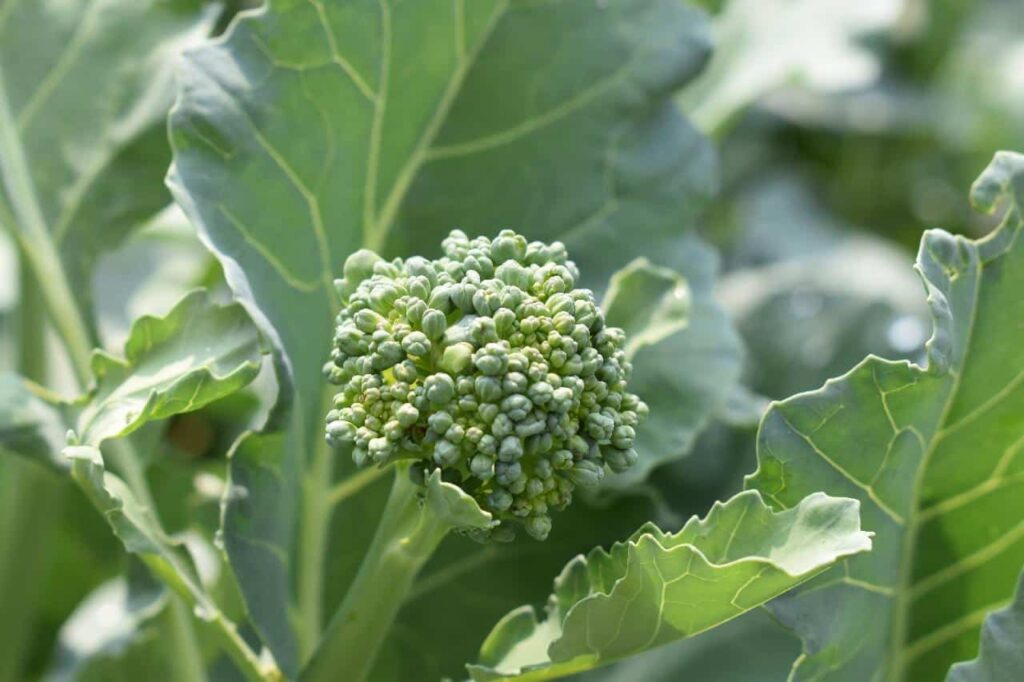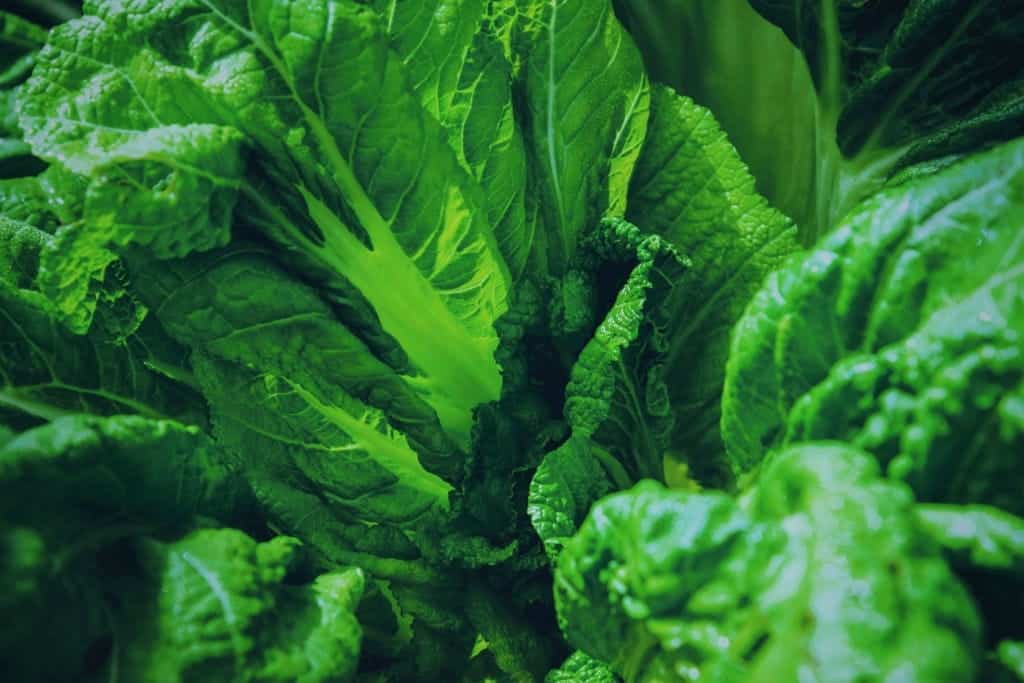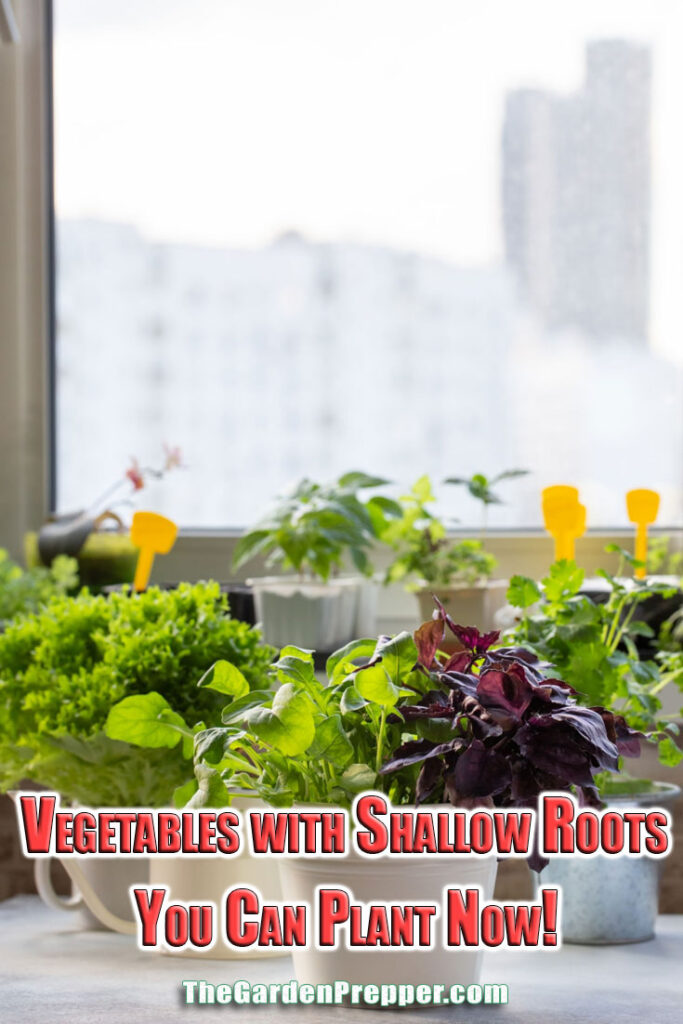Are you looking for easy-to-grow plants that grow vegetables but don’t take up too much space? You’re in luck, because there are vegetables with shallow roots you can grow! You can grow them in your windowsill garden, in window boxes, small containers, among other areas.
Vegetable planting isn’t limited to the countryside, but urban agriculture as well, so you can grow your vegetables anywhere, as long as you provide it water and sunlight, among other growth requirements. But what are the different vegetable plants with shallow roots? Read on for the full list!
Vegetables with Shallow Roots
You might be surprised to know that there are several vegetables with shallow roots you can grow in shallow containers with ease. Here are a few you can try growing:
1. Arugula

These vegetables are also called the ‘rocket’, tasty greens that would add a peppery kick to dishes like salads, soups, sandwiches, and wraps. They are also a great pizza topping!
These plants would thrive in cool weather and you won’t need a ton of room for its growth. Plant them during the spring when the soil warms up, then sow it every 2-3 weeks in August for continuous harvest. Make sure to water this plant consistently so the soil remains evenly damp, and you can expect to harvest greens within 30-40 days.
2. Bok Choy

You can try to grow baby bok choy (Asian cabbage) as well, which is grown from the same seeds as the typical version of the plant. Plus, you can harvest baby bok choy sooner than other vegetables, expecting a harvest in 21-24 days.
This plant would flourish when the temperatures are in their 60s, only tolerating short periods of hot weather up to 95 degrees F, or cold weather until 27 degrees F. They are best planted in areas with full sun and with rich-quality soil that has pH levels between 6.5 to 7.0.
3. Broccoli Raab

This is a delicious bitter green that is actually more related to mustard greens compared to broccoli! This plant would flourish better in cool weather, ready for harvesting within 45 days.
You can grow this plant in partial shade, though they will grow better in full sun as long as they grow in soil with pH levels between 6.5 to 7.5. The soil should also be well-draining and amended well with organic material.
4. Garlic

Garlic is the kitchen staple! They are known to be very easy to grow and a common ingredient used in most recipes, which is why you should consider growing them at home.
Make sure that they are in a sunny location when planting it, and that they are in well-draining soil with pH levels between 6.0 to 8.0. You can also add some sand for improved drainage. Make sure that you
Never let the soil dry out and avoid overwatering it as well, or this can hinder its growth and produce.
5. Kale

Kale is an awesome cool-weather choice that would grow well in shallow containers. However, it won’t be able to grow to a bigger size since it doesn’t have access to deeper soil. It’s best to plant kale plants in soil blended with manure or compost so your plants will get the nitrogen they require.
If you want to grow baby kale, make sure that you space your plants 1 inch apart in rows that are set around 4 inches apart. You can also plant your kale plants in grids 2 inches apart.
6. Lettuce

You won’t need a huge container when growing lettuce. However, if you plan to grow it in a shallow container, then grow leaf lettuce rather than other varieties like Romaine, butterhead, or crisphead.
Plant the lettuce in the spring and for a continuous harvest, plant the lettuce again every 10-14 days, using soil treated with 5-10-10 fertilizer. Leaf lettuce varieties can be cut and grow again, which is a harvesting method that permits plants to be regenerated after harvesting.
7. Mustard Greens

Mustard greens can be grown in the spring in USDA zones 6-11. Gardeners from zones 8-11 can grow during the fall season. If you want a continuous harvest, sow your seeds every 2 weeks.
Prepare the soil with 1-2 amendments, treating it with organic 10-10-10 fertilizer or using a fish emulsion or seaweed fertilizer.
Just like lettuce, you can try doing the ‘cut and grow again’ method, cutting away the outer leaves from your plant’s leaves, working from inside and up. Leave 1/3 of your leaves on the plant so it continues growing, replacing the leaves you already harvested.
8. Green Onions

These vegetables are easy to grow and grow quickly, and you won’t need a ton of space, as they can be grown with shallow roots. Plant them in soil that isn’t acidic and well-draining, mixing in 2-3 inches of compost for optimum results.
Green onions would grow well in weather or temperatures between 68-77 degrees F. Make sure to space your plants around 1 inch apart and half an inch deep. Also, make sure that your soil stays damp consistently as the seeds sprout and when your plants are young and immature.
9. Radishes

Radishes are a favored plant as they are very easy to grow and will grow well in shallow containers. Select a place for radish plants that will receive a lot of sunlight, or else they will end up growing more greens than roots. They also won’t be able to develop big radishes.
When planting radishes, use loose soil for better radish formation including a lot of organic material. Seeds need to be planted 1 inch apart and around 1 inch deep. During the cool spring days, continue planting even more radishes every 10-12 days, which extends harvest.
Furthermore, let the ground stay moist as the radishes grow, but don’t oversaturate it. You may apply a thin layer of mulch for the soil to stay moist.
Wrapping It Up
Who says you need a whole field outside your home to start planting vegetables? You can do it in the comforts of your own home, as long as you choose the right vegetable plants to grow. From arugula to garlic, there are a lot of options to choose from, whether you’re a beginner or expert gardener!
I hope that this list of vegetables with shallow roots gave you more ideas on what to plant in your home. Don’t wait any longer and begin your gardening journey with any of these plants now. Good luck!
